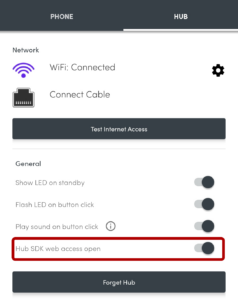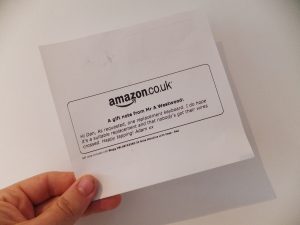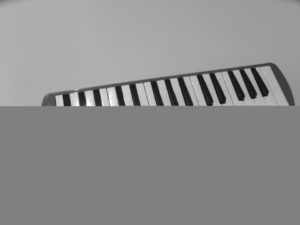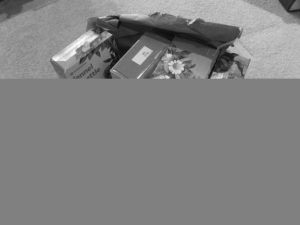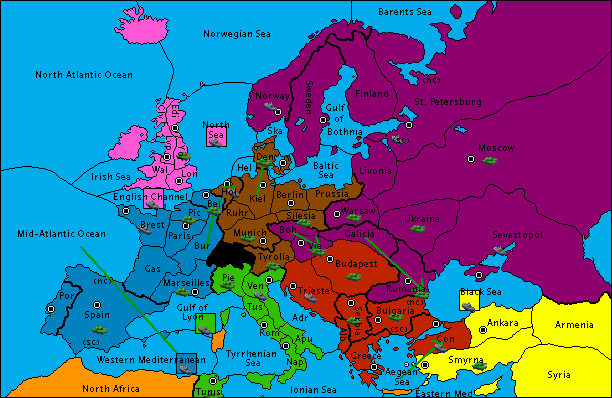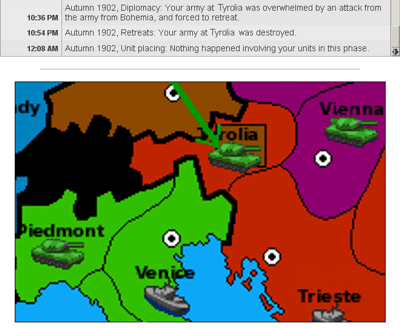Here in the UK, ice cream vans will usually play a tune to let you know they’re set up and selling1. So when you hear Greensleeves (or, occasionally, Waltzing Matilda), you know it’s time to go and order yourself a ninety-nine.
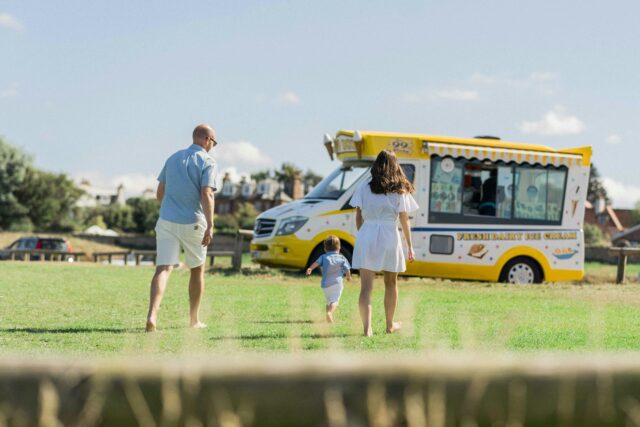
Imagine my delight, then, when I discover this week that ice cream vans aren’t the only services to play such jaunty tunes! I was sat with work colleagues outside İlter’s Bistro on Meşrutiyet Cd. in Istanbul, enjoying a beer, when a van carrying water pulled up and… played a little song!
And then, a few minutes later – as if part of the show for a tourist like me – a flatbed truck filled with portable propane tanks pulled up. Y’know, the kind you might use to heat a static caravan. Or perhaps a gas barbeque if you only wanted to have to buy a refill once every five years. And you know what: it played a happy little jingle, too. Such joy!

My buddy Cem, who’s reasonably local to the area, told me that this was pretty common practice. The propane man, the water man, etc. would all play a song when they arrived in your neighbourhood so that you’d be reminded that, if you hadn’t already put your empties outside for replacement, now was the time!
And then Raja, another member of my team, observed that in his native India, vegetable delivery trucks also play a song so you know they’re arriving. Apparently the tune they play is as well-standardised as British ice cream vans are. All of the deliveries he’s aware of across his state of Chennai play the same piece of music, so that you know it’s them.
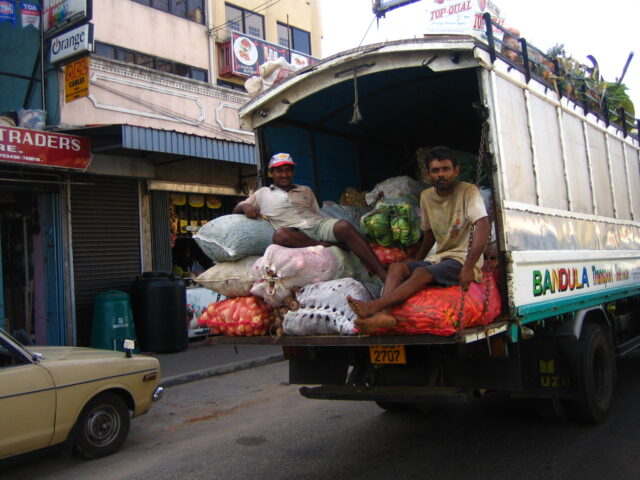
It got me thinking: what other delivery services might benefit from a recognisable tune?
- Bin men: I’ve failed to put the bins out in time frequently enough, over the course of my life, that a little jingle to remind me to do so would be welcome4! (My bin men often don’t come until after I’m awake anyway, so as long as they don’t turn the music on until after say 7am they’re unlikely to be a huge inconvenience to anybody, right?) If nothing else, it’d cue me in to the fact that they were passing so I’d remember to bring the bins back in again afterwards.
- Fish & chip van: I’ve never made use of the mobile fish & chip van that tours my village once a week, but I might be more likely to if it announced its arrival with a recognisable tune.
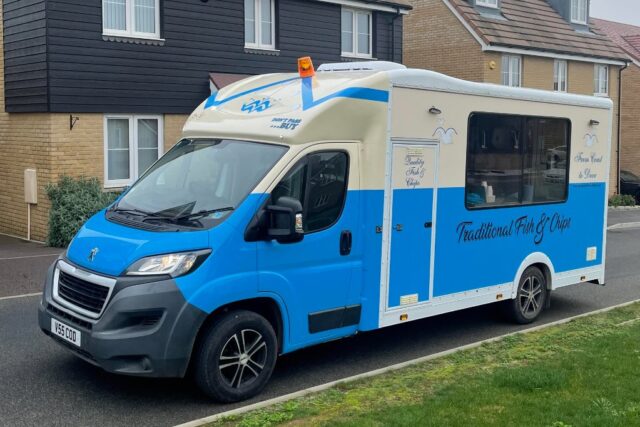
- Milkman: I’ve a bit of a gripe with our milkman. Despite promising to deliver before 07:00 each morning, they routinely turn up much later. It’s particularly troublesome when they come at about 08:40 while I’m on the school run, which breaks my routine sufficiently that it often results in the milk sitting unseen on the porch until I think to check much later in the day. Like the bin men, it’d be a convenience if, on running late, they at least made their presence in my village more-obvious with a happy little ditty!
- Emergency services: Sirens are boring. How about if blue light services each had their own song. Perhaps something thematic? Instead of going nee-naw-nee-naw, you’d hear, say, de-do-do-do-de-dah-dah-dah and instantly know that you were hearing The Police.
- Evri: Perhaps there’s an appropriate piece of music that says “the courier didn’t bother to ring your doorbell, so now your parcel’s hidden in your recycling box”? Just a thought.
Anyway: the bottom line is that I think there’s an untapped market for jolly little jingles for all kinds of delivery services, and Turkey and India are clearly both way ahead of the UK. Let’s fix that!
Footnotes
1 It’s not unheard of for cruel clever parents to try to teach their young
children that the ice cream van plays music only to let you know it’s sold out of ice cream. A devious plan, although one I wasn’t smart (or evil?) enough to try for
myself.
2 The official line from the government is that the piped water is safe to drink, but every single Turkish person I spoke to on the subject disagreed and said that I shouldn’t listen to… well, most of what the government says. Having now witnessed first-hand the disparity between the government’s line on the unrest following the arrest of the opposition’s presidential candidate and what’s actually happening on the ground, I’m even more inclined to listen to the people.
3 My gas delivery man should also have his own song, of course. Perhaps an instrumental cover of Burn Baby Burn?
4 Perhaps bin men could play Garbage Truck by Sex Bob-Omb/Beck? That seems kinda fitting. Although definitely not what you want to be woken up with if they turn the speakers on too early…
